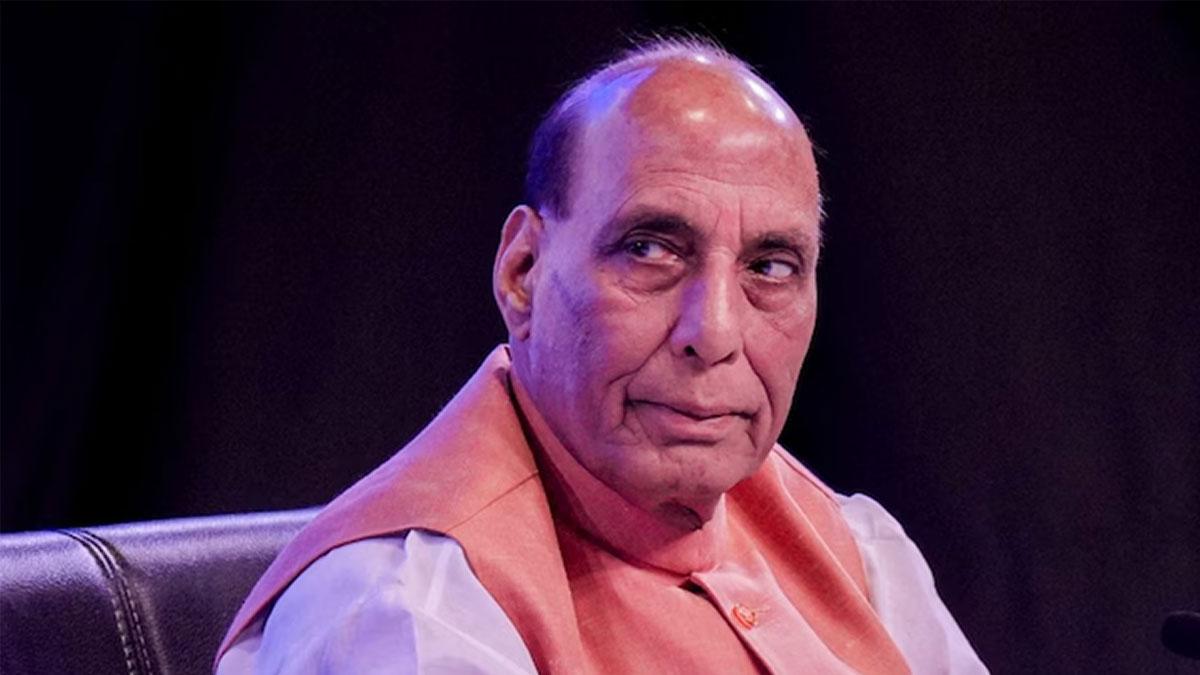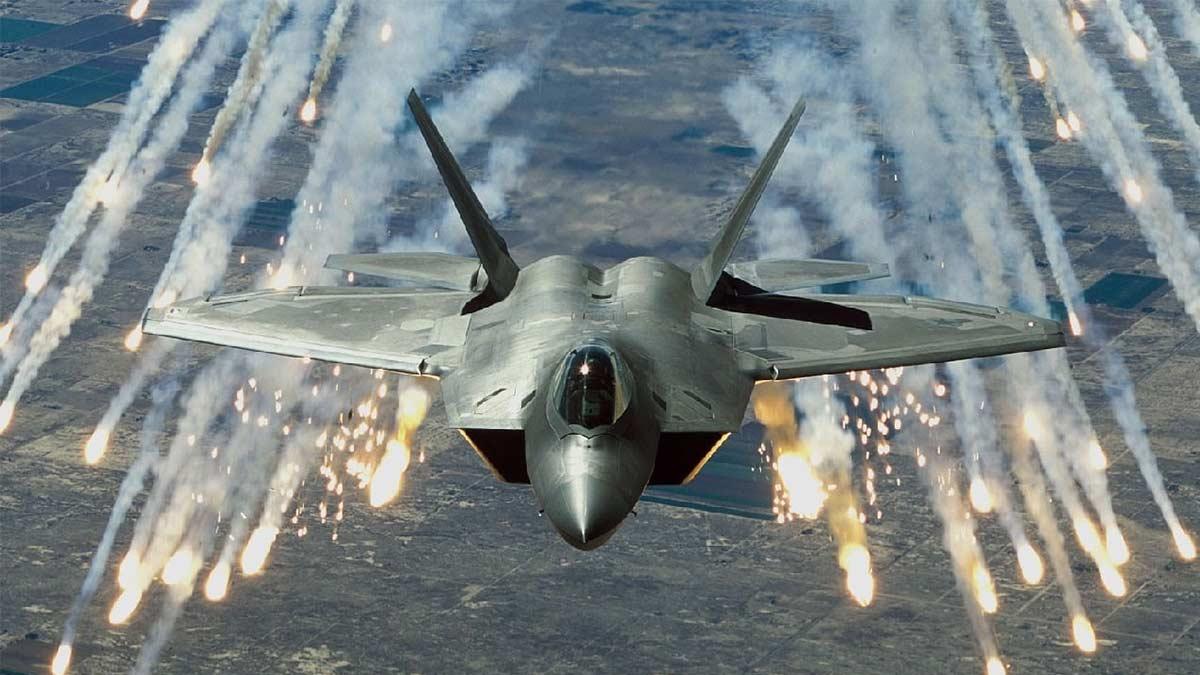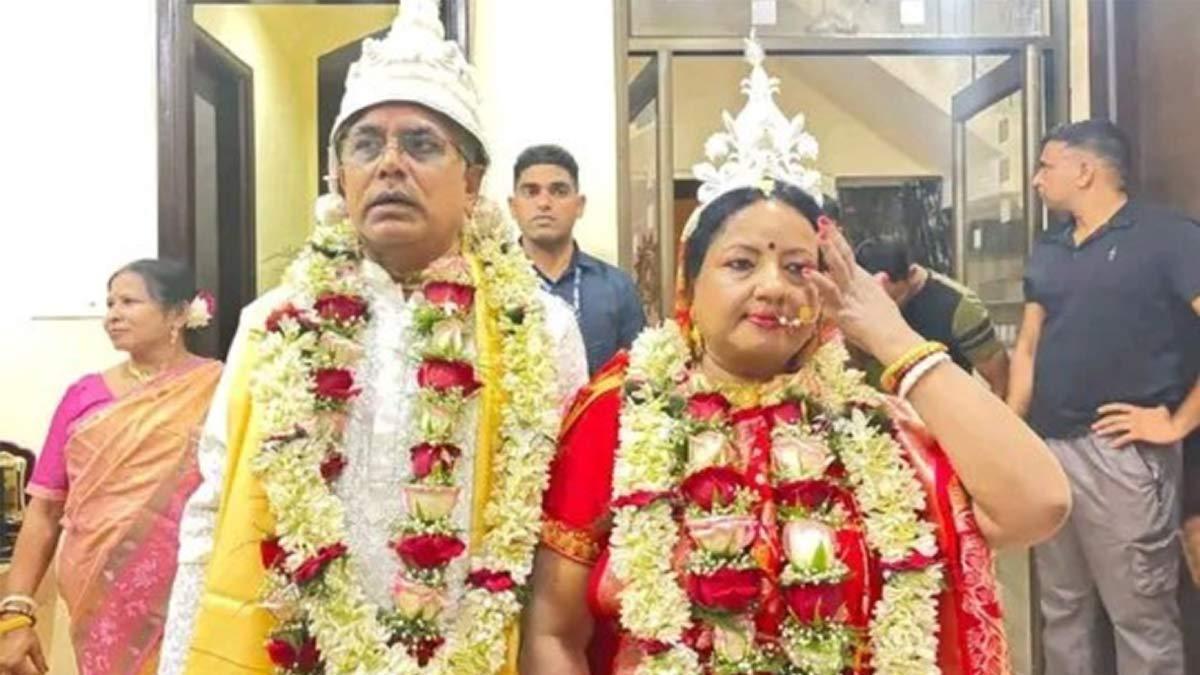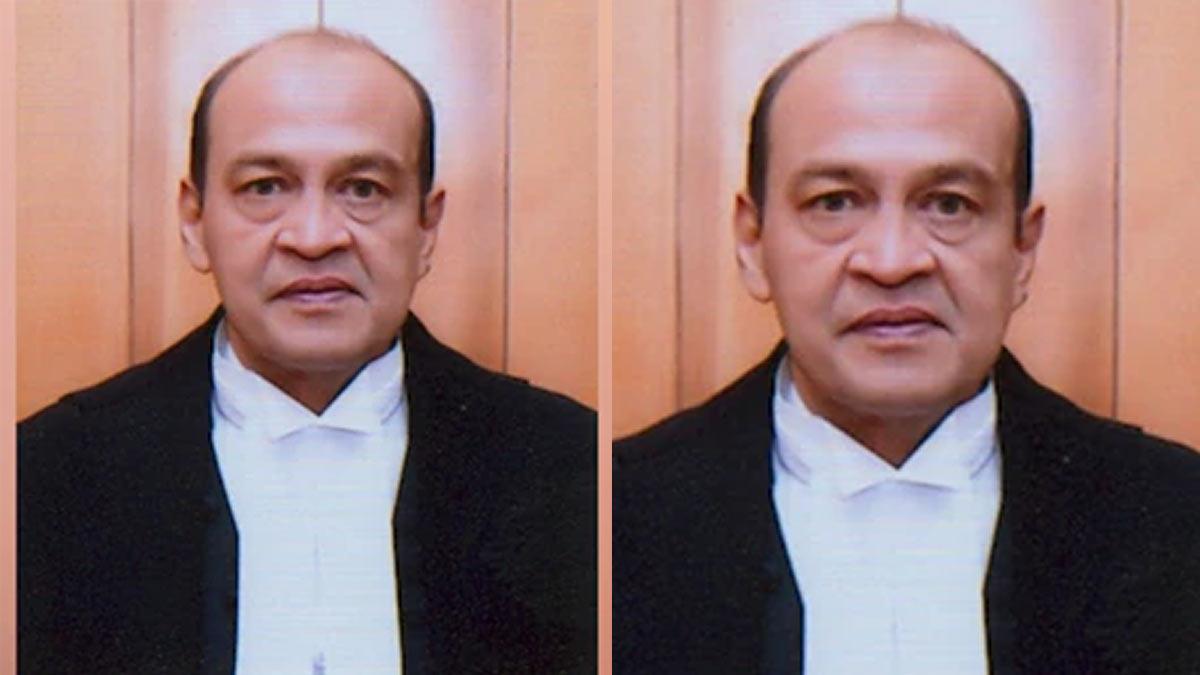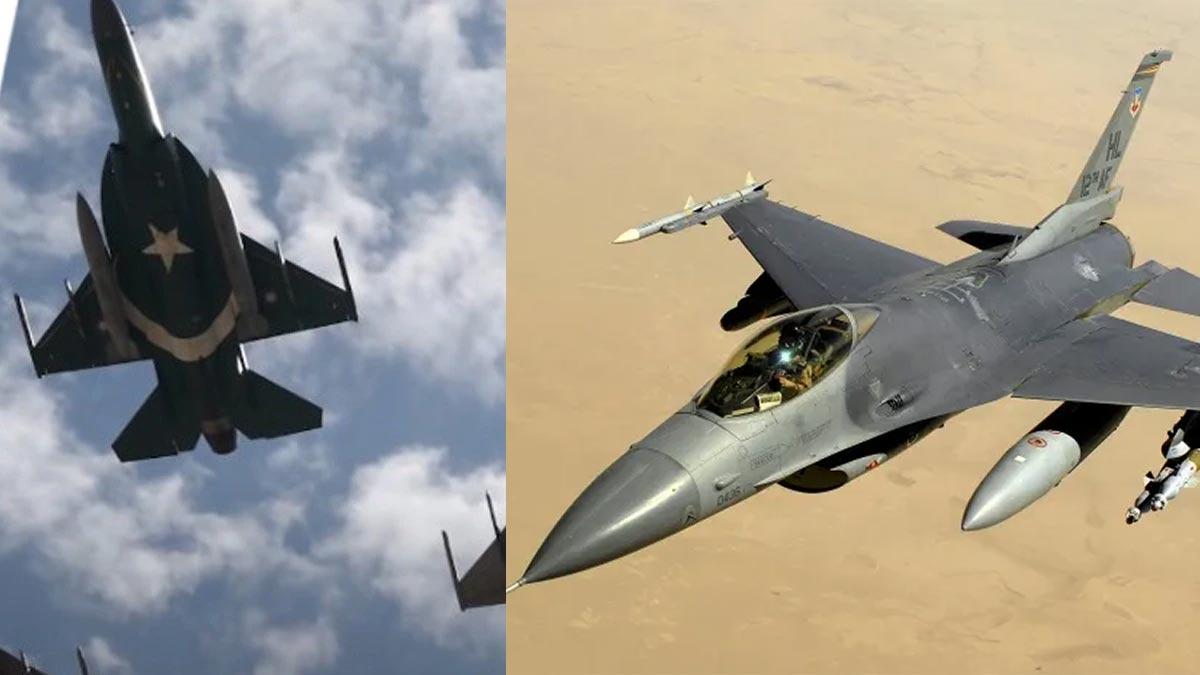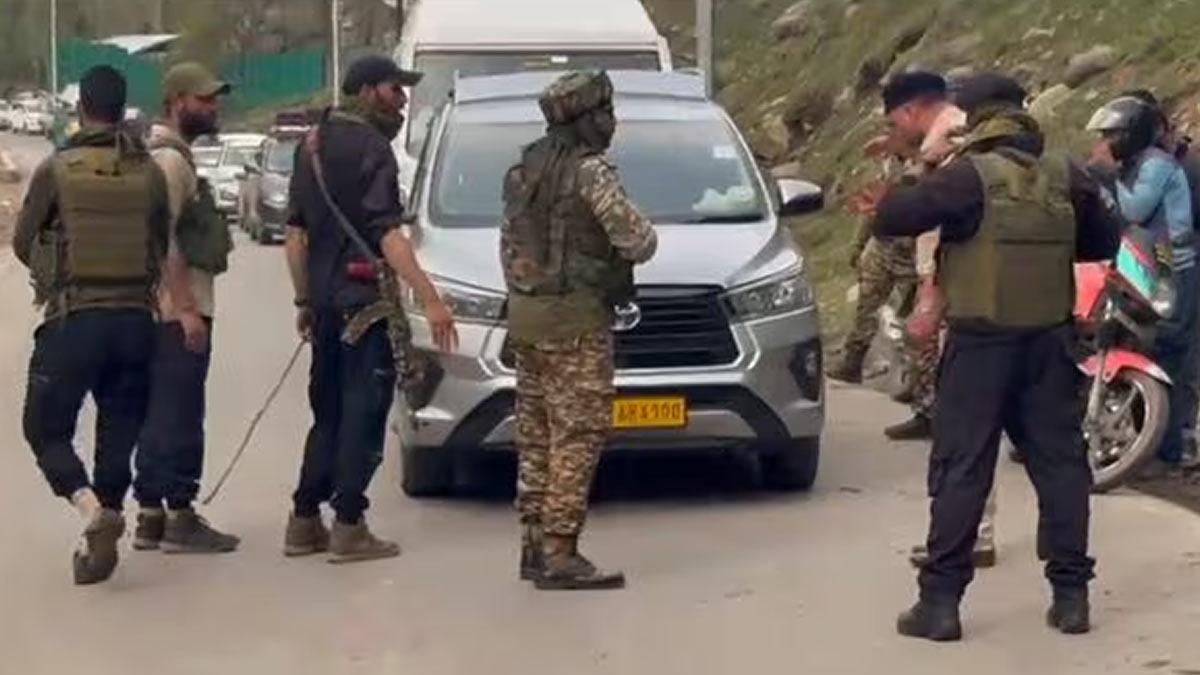A chilling picture that rapidly became viral on social media showed Defence Minister Rajnath Singh alongside India's most senior military commanders, exuding calm confidence during a critical backroom meeting in New Delhi.
The high-level briefing, in which Chief of Defence Staff General Anil Chauhan, Army Chief General Upendra Dwivedi, Air Chief Marshal AP Singh, and Navy Chief Admiral Dinesh K Tripathi were present, was held less than a day after Pakistan had opened fire on India's western border with a rain of missile and drone attacks.
The visual cue of the group was clear. In response to Pakistan's random air strikes, India's top brass was seen to be not just calm but also in good spirits. The mood of their conduct sent out an unmisleading signal to the nation: panic does not prevail, leadership is alert, and national security is safely under their guard.
Rajnath Singh's presence amidst the service chiefs has gained significance in the wake of the event as a moving image of India's strategic response—firm, reassuring, and composed. Rather than responding with unease, the top leadership decided to emanate reassured determination and strategic preparedness. The two-hour meeting witnessed General Dwivedi reporting on the changing security environment, while Air Chief Marshal Singh demonstrated Indian Air Force response strategies.
Behind the gracious demeanor, however, lay the desperation of a major security concern. In the night of May 8–9, Pakistan conducted a parallel air attack, sending swarm drones and loitering missiles meant to hit Indian military establishments critical to the Line of Control and international border.
India's defense establishment hit back with great accuracy and urgency. The multi-layered air defense system of the country—interceptor missiles, integrated theatre operations, and sophisticated radar systems—destroyed more than 50 drones and safeguarded 15 strategic military installations along a distance of 1,800 kilometers of Indian airspace.
The Army, together with air defence personnel, conducted a multi-faceted counter-drone operation in various districts of Jammu and Kashmir—Udhampur, Samba, Jammu, Akhnoor, and Nagrota—and the Pathankot area in Punjab. The exercise utilized an armory of sophisticated weapons including L-70 anti-air guns, Zu-23mm, Schilka platforms, and other drone counters, demonstrating India's live defence capabilities.
Among the defence forces deployed was the powerful Russia-manufactured S-400 platform—affectionately known as the 'Sudarshan Chakra'—which proved to be a game-changer in neutralizing threats at almost 50 locations. This was supported by Israel-made HAROP drones, employed for precision vengeance, tilting the tactical advantage in India's direction. Sirens and explosions were heard from areas such as Akhnoor, Baramulla, Samba, and Kupwara as Indian troops kept a fierce air vigil throughout the night.
The Pakistani strike was seen as a retaliatory strike after the Indian surgical strikes in Operation Sindoor on May 8. These strikes targeted the nine terror camps in Pakistan and Pakistan-occupied Kashmir as retaliation for the April 22 Pahalgam terror attack, which resulted in the loss of 26 lives.
India's response to the aggression was well planned—swift, tactical, and tech-driven. Vessels like Pechora surface-to-air missiles, SAMAR platforms, C-UAS defense systems, and anti-air guns were deployed to intercept and annihilate the incoming menace midway in the sky. What was supposed to be a Pakistan display of might was eliminated efficiently, not only operationally but psychologically as well as a pawn.
Read also| Don't be surprised if the two NCP factions unite, Says Sharad Pawar

